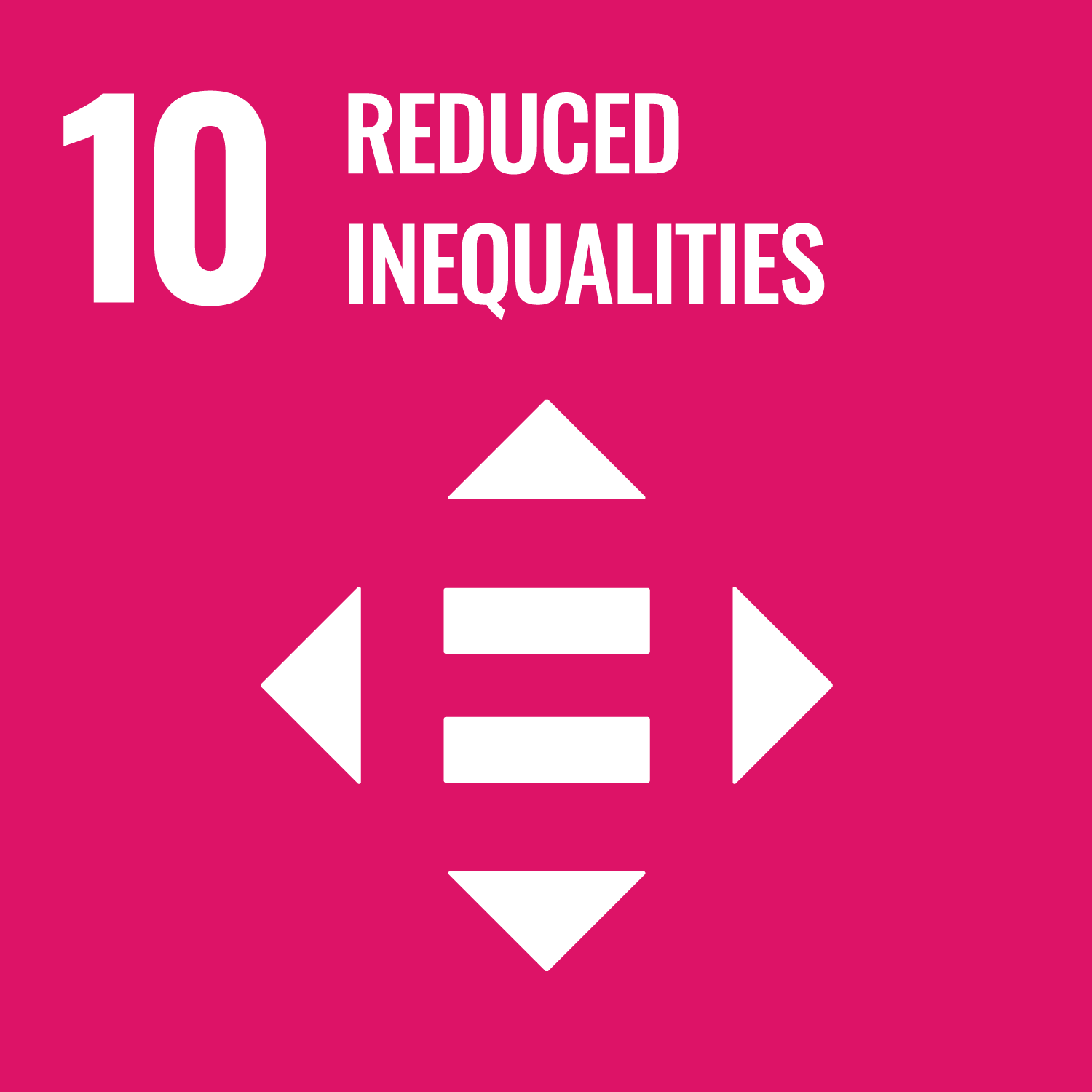SDG Detail
SPCHSCI 722 : Communication Difficulties in Children
Postgraduate courseProject description
This course is your initial nuts and bolts about how to deal with speech and language difficulties in children (note that the title �Communication Difficulties� does not include stuttering or voice disorders). Speech and language (communication) difficulties in children is the largest single caseload for Speech Language Therapy overall. As such, SpchSci722 can only be an initial foray into these areas. The whole is a very large body of knowledge, and your learning will continue the whole of your professional life. SpchSci722 will deal with speech and language difficulties in children from the early verbal stage through primary school stages. Pre-verbal and adolescent stages are covered in SpchSci743 in the second year of the MSLT(Prac). However, what you cover in SpchSci722 will also be applicable then. This course builds on the knowledge and skills you gained in SpchSci711. Your understanding of the breadth of human communication and your beginning skills in how to analyse these are both foundational to SpchSci722. Your grasp of phonetics and phonology from SpchSci712, as well as other aspects of Linguistics, will also be assumed.
Project aims
?
Project outcome
By the end of this course, students will be able to: Explain the nature of speech and language disorders (developmental language disorders in children) (Capability 1, 2 and 3) Understand and apply the principles and practices of assessment of speech and language in children (Capability 1, 2 and 3) Interpret a wide range of data on a child's communication skills, environment, needs, and attitudes of those around them, to decide on priorities and goals for intervention (Capability 1, 2, 3 and 4) Understand and explain the principles of speech and language intervention in children, including learning theories (Capability 1, 2, 3 and 4) Apply methods and goals of intervention of speech and language in preschool and primary school-aged children to make a coherent programme (Capability 1, 2, 3, 4 and 6) Consistently demonstrate and reflect upon cultural issues and te Tiriti o Waitangi applied to all parts of this area of professional knowledge and practice (Capability 1, 2, 3, 4, 5 and 6)
Related SDGs
The corresponding sustainable development goals correlated with this project. You you click the icon to link to SDG category description page.









